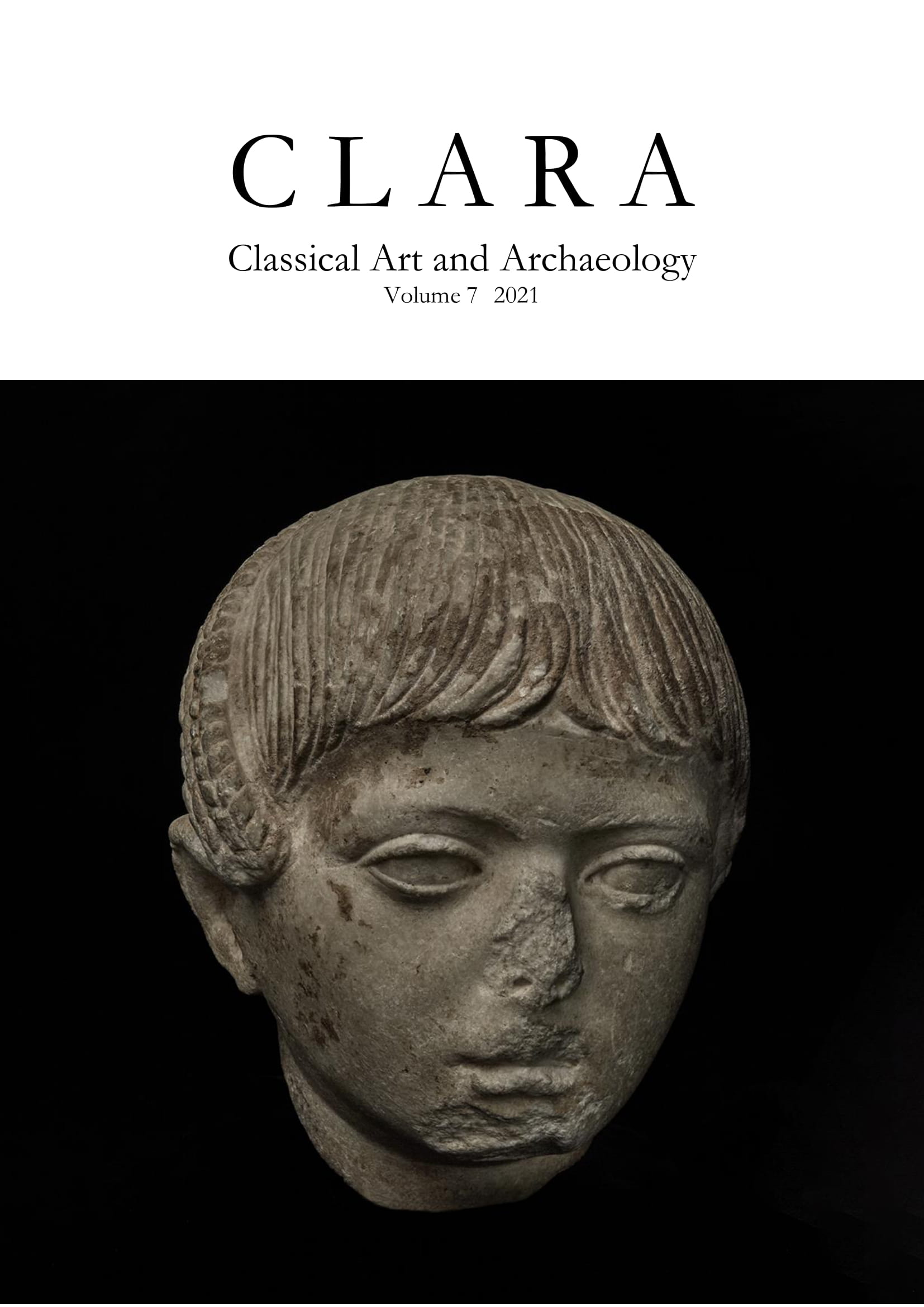Considerations on the Function and Provenance of the Glass in the Plato von Ustinow Collection
DOI:
https://doi.org/10.5617/clara.8777Abstract
The Russian émigré Plato von Ustinow – who settled in Palestine in 1862 and lived there until 1913 – was a keen collector of antiquities. In contrast to other collectors, however, von Ustinow did not purchase the objects from art-dealers. Instead, he appears to have worked with professional archaeologists, but also bought objects from local inhabitants in Jaffa and Jerusalem. His collection includes a substantial number of glass vessels: primarily blown vessels dating to the first- to sixth- or seventh century CE, i.e. the Roman and Early Byzantine era. The von Ustinow collection is comparatively homogeneous, and most of the objects are likely to stem from a relatively limited geographical area, as it closely resembles material from funerary contexts found in modern-day Israel. The collection includes a number of perfume bottles, small jars and kohl-flasks, objects most probably utilised in the preparation of the deceased before burial.



